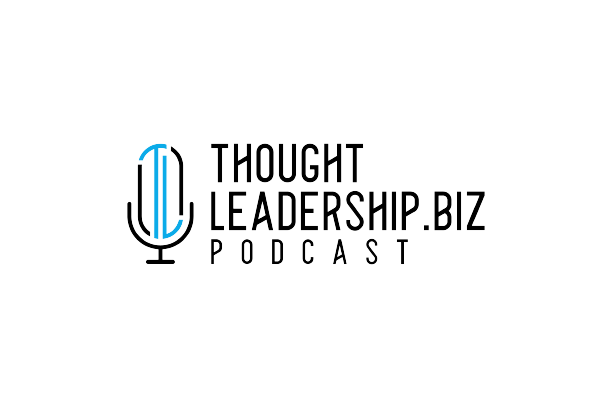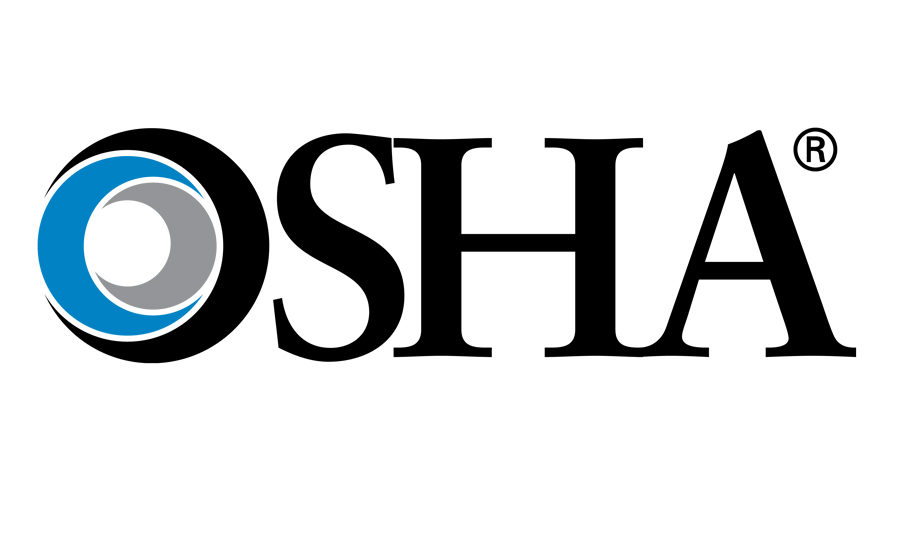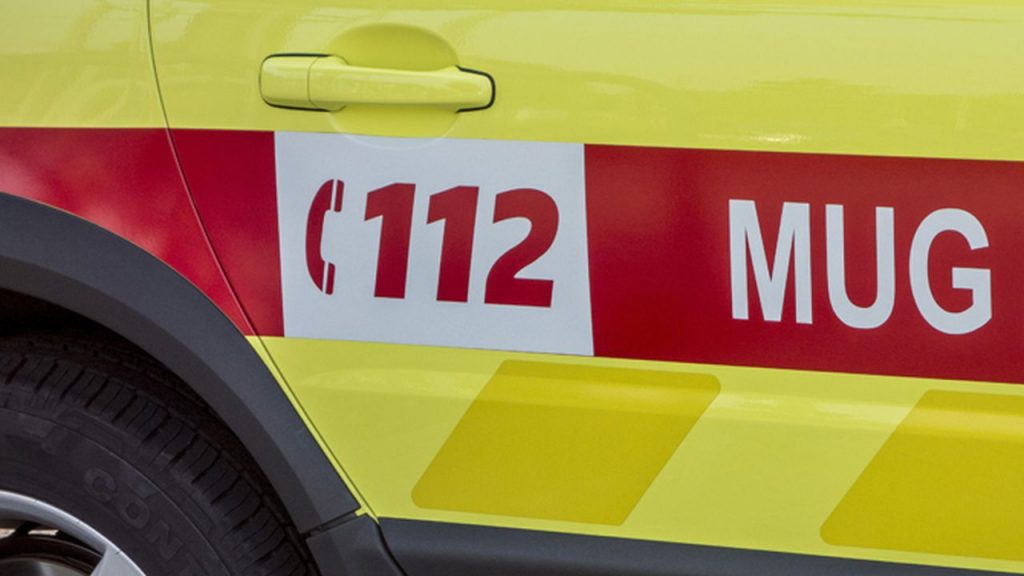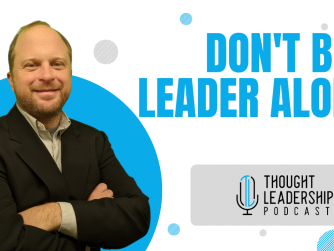like a rag doll in the crane’s grab.
How does this help explain how the accident happened and,
importantly, how it can be prevented in future?
It doesn’t."

Podcast Audio / Streaming Video
Stream this article from your favorite podcast audio or video streaming service as referenced below.
Would you rather read the article? Read more below!
The only facts that really matter are:
1. Why did the accident happen?
2. What can be done to stop it happening again?
I’m Chris Machut, CEO at Netarus, manufacturer of the HoistCam system, and I’m sick of the missing detail in my news feed, and the lack of real commitment to stop material handling accidents from happening.
Two articles about such accidents hit my inbox recently. Another one will probably follow by the time this blog / podcast goes live, but I want to highlight these two because, respectively, they each represent what I like and don’t like about the way incidents are reported.
The first story—the one that I thought was good—outlined clear causation, and included statistics about OSHA violations. It shared factual information and reminded readers that only employees essential to the operation are permitted in the fall zone (but not directly under the load).
It added that lift directors, operators, riggers, and signal persons, must know when people may or may not be in the fall zone.
The second story—the one that I liked less—covered an accident involving a crane that almost dramatized events that saw a man crushed by cargo at a plant. The piece outlined every gory detail about the victim hanging like a rag doll in the crane’s grab.
Really? This is gratuitous. It’s sensationalism.
How does this help explain how the accident happened and, importantly, how it can be prevented in future? It doesn’t.
This second article took the tone that accidents happen and they’re kinda cool to write about when they do. It’s completely wrong.
I happen to know that this incident could have been prevented had the crane operator, who was working in the blind, been using cameras. But I only know that because I’ve researched the application and I understand my equipment inside out.
Nobody reading this article even knows why the operator couldn’t see what he or she was picking. In fact, they might assume they had a clear line of sight.
I’ll let you into a little secret, I wouldn’t have known to invent the HoistCam system if it wasn’t for examining the causes of industrial, material handling accidents. The trouble is most people don’t do this and they’re sometimes not helped by their social media and news feeds.
The material handling market, and the end user sectors that consume and use its equipment, are widely covered by trade media. There is a lot of diligent reporting out there, but I challenge everyone providing information, whether they be a site worker on their cell phone, or a journalist writing a story for his or her website or magazine, to think before pressing post or send.
If information doesn’t explain why an incident occurred or how it can be prevented, what purpose does it serve?
I’d settle for less immediacy and more detail. The problem is, culturally, we’ve become obsessed with brevity and speed. Everything is delivered lightning quick and in bite-sized pieces. I’m sorry, but you can’t talk about accidents in this way.
Do you even think about the victim and their family anymore when you see a headline starting, ‘Woman crushed by…’ or, ‘Man decapitated in…’? Be honest.
And do you really want to know the important facts or the gory detail? Again, be honest.
Personally, I like to see reputable, trade journals leading the way in terms of accident reporting. Good journalists are naturally inquisitive, which is what you need to be when looking at incidents. As opposed to social platforms or fake news sites, a journalist and a magazine have their names and reputation on the line. Reporters literally have their name on the story.
They want to be seen as being thorough and accurate.
I’d much rather read a detailed accident report, focused on causes, three months after an incident, than I would look at hundreds of photos on my Twitter feed, five minutes after it happened, that effectively tell me nothing.
Remember, there is not a heavy equipment operator on this planet that wants to injure or kill anyone. That person does not exist.
That’s important because it means it should be possible to make all—or at least 99.9%—of applications safe. With the technology that’s available to us, why is any operator, who wants everyone around them to go home safely that night, asked to work in the blind at enhanced risk of causing harm to someone? It’s senseless.
Would you take to the Interstate if you knew that half of the drivers were wearing blindfolds? No.
Let’s move on, although staying on topic…
While reporting thoroughly on incidents and delivering prevention measures, we’ve got to keep the information pipeline full. To that end, I delivered a webinar last month (January) about situational awareness. In it, I examined how there are standard applications, where the same material, of the same weight, is lifted to the same height, all day, every day. The environment never changes here either.
And then there are non-standard applications where the opposite is the case: different weights are lifted or moved, they go to different places every time, and there might be two or two-hundred-and-twenty-two repeats in a single shift. Further, the elements might change and other variables are never the same.
Each scenario presents its own challenges to the operator and, if care isn’t taken, either can end up in the next social media post or magazine article when something goes wrong. At one extreme is boredom and the other uncharted waters, sometimes literally.
I tied in camera systems—of course I did!—but the overarching theme was about incident prevention, which is really the purpose of this blog / podcast.
When was the last time you shared a piece of quality information or education for continued improvement of industry best practices in mind?
Stay tuned: next time I want to:
1. Explain why our cameras don’t have volume (correct, even in 2021!)
2. Look at the importance of using technology for the right reasons, not to put equipment operators under more stress than they already are.
In the meantime, stay safe.
Latest posts by Chris Machut (see all)
- Episode 12 – “Crisis? Deal with it!” - November 19, 2021
- Episode 11 – “Entrepreneurship Sucks (Sometimes)” - October 16, 2021
- Episode 10 – “Offensive and Defensive Leadership” - September 15, 2021












